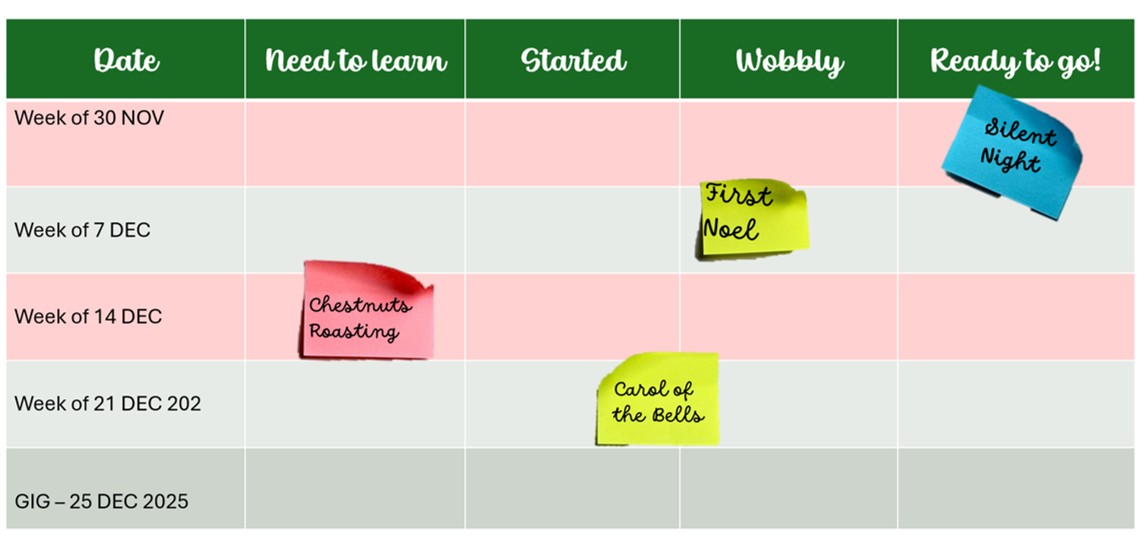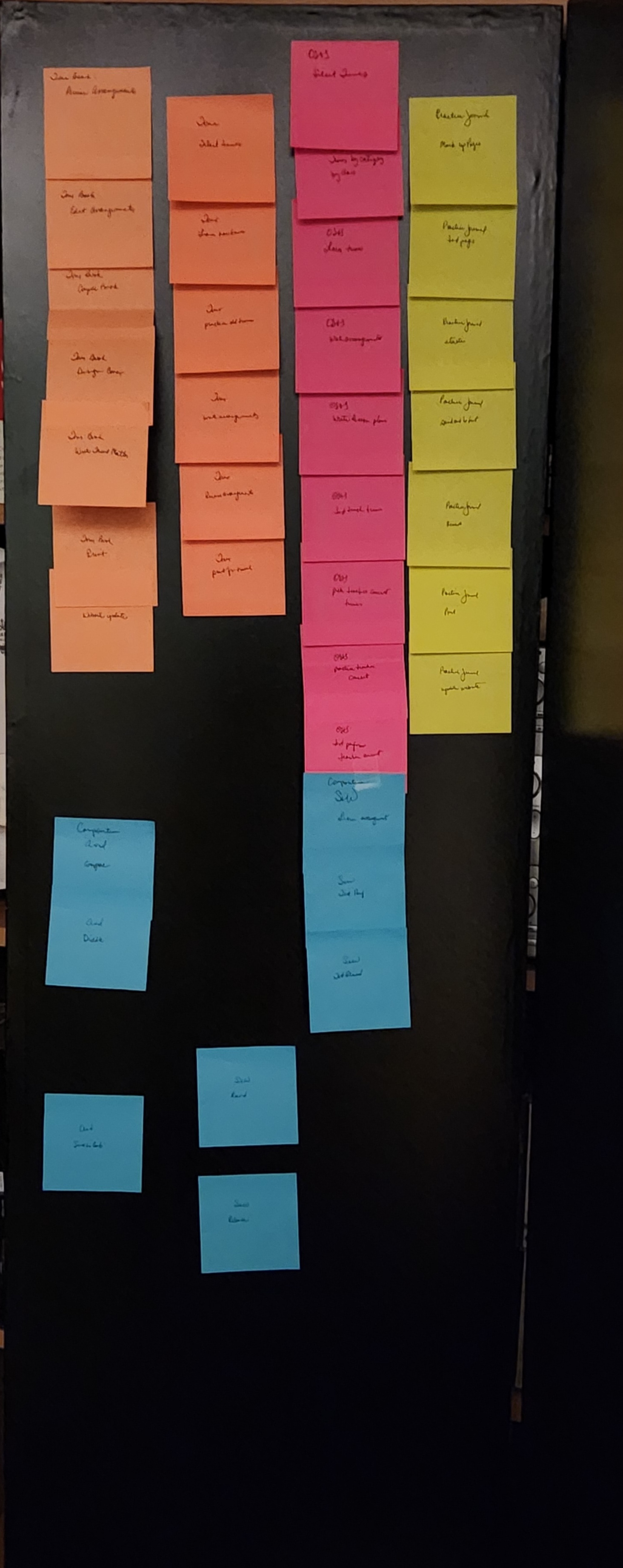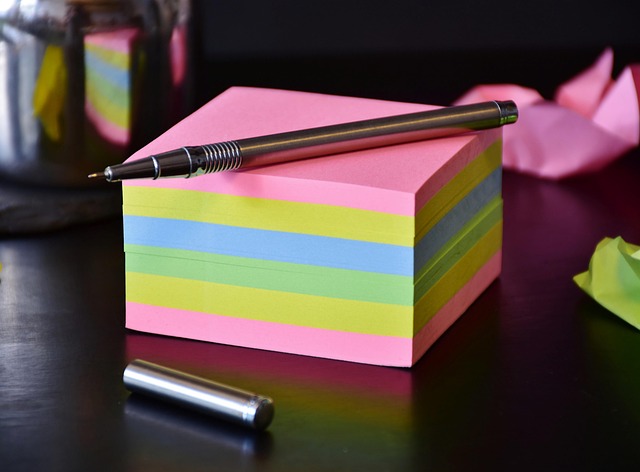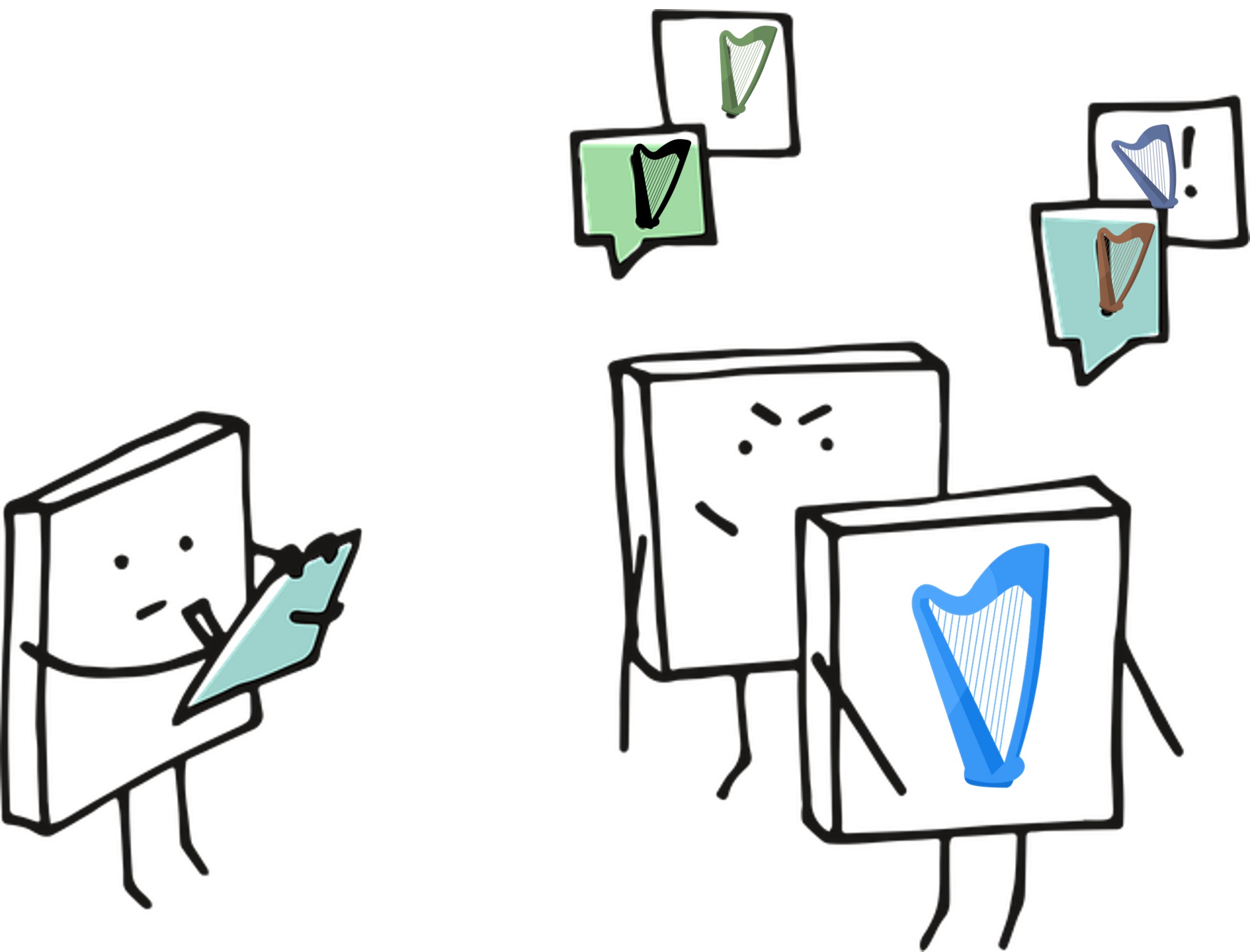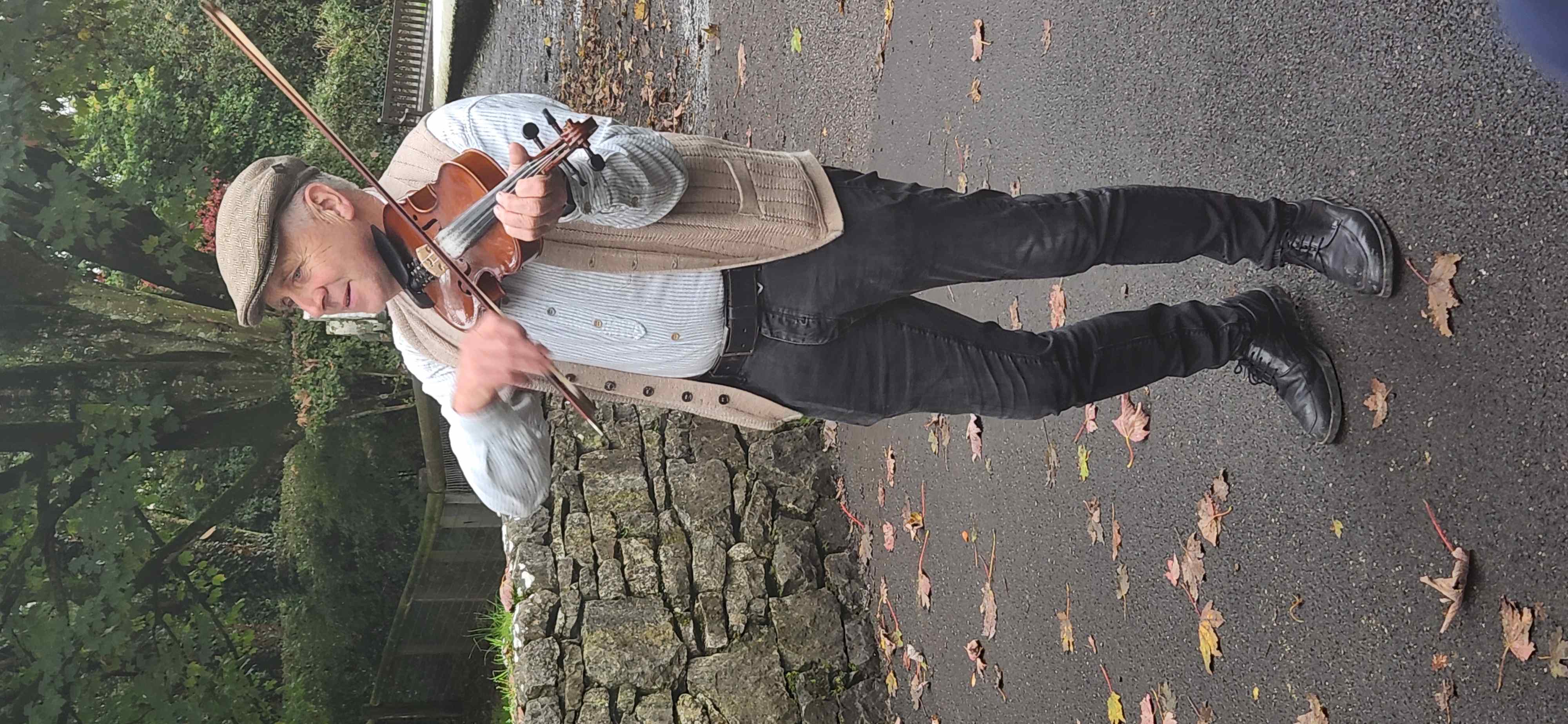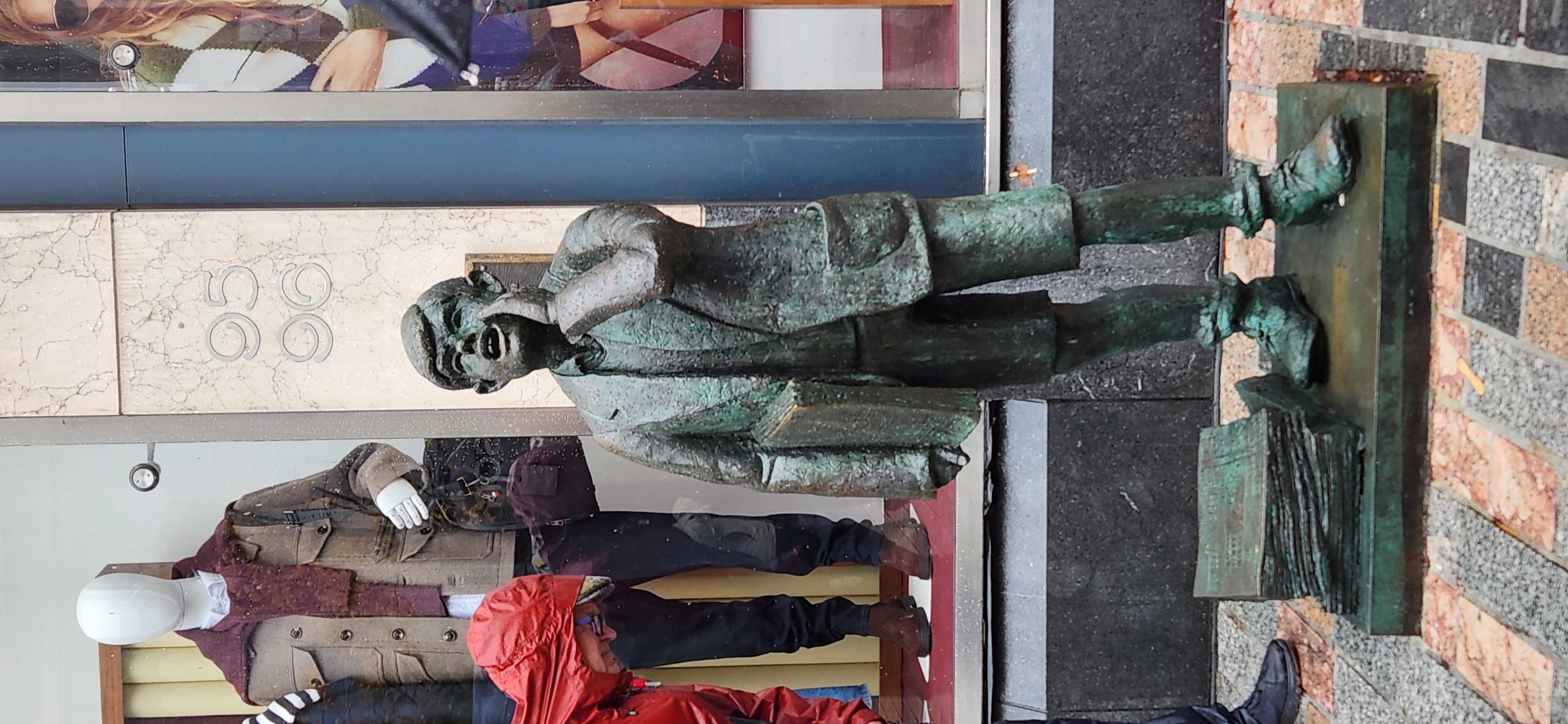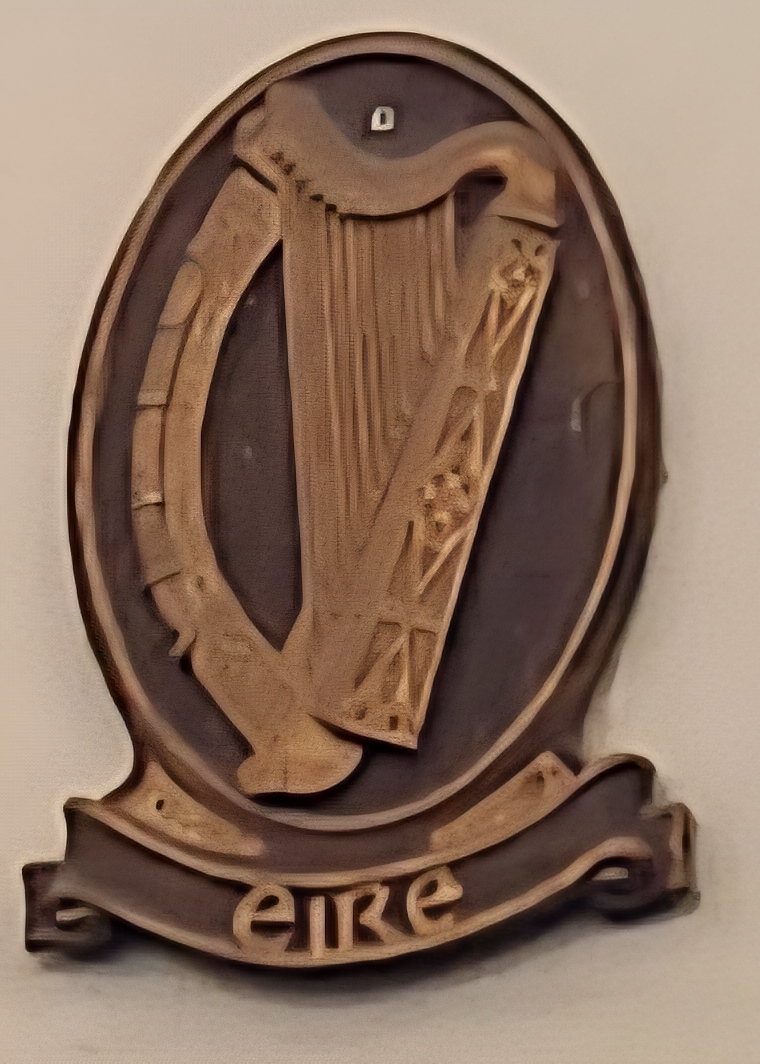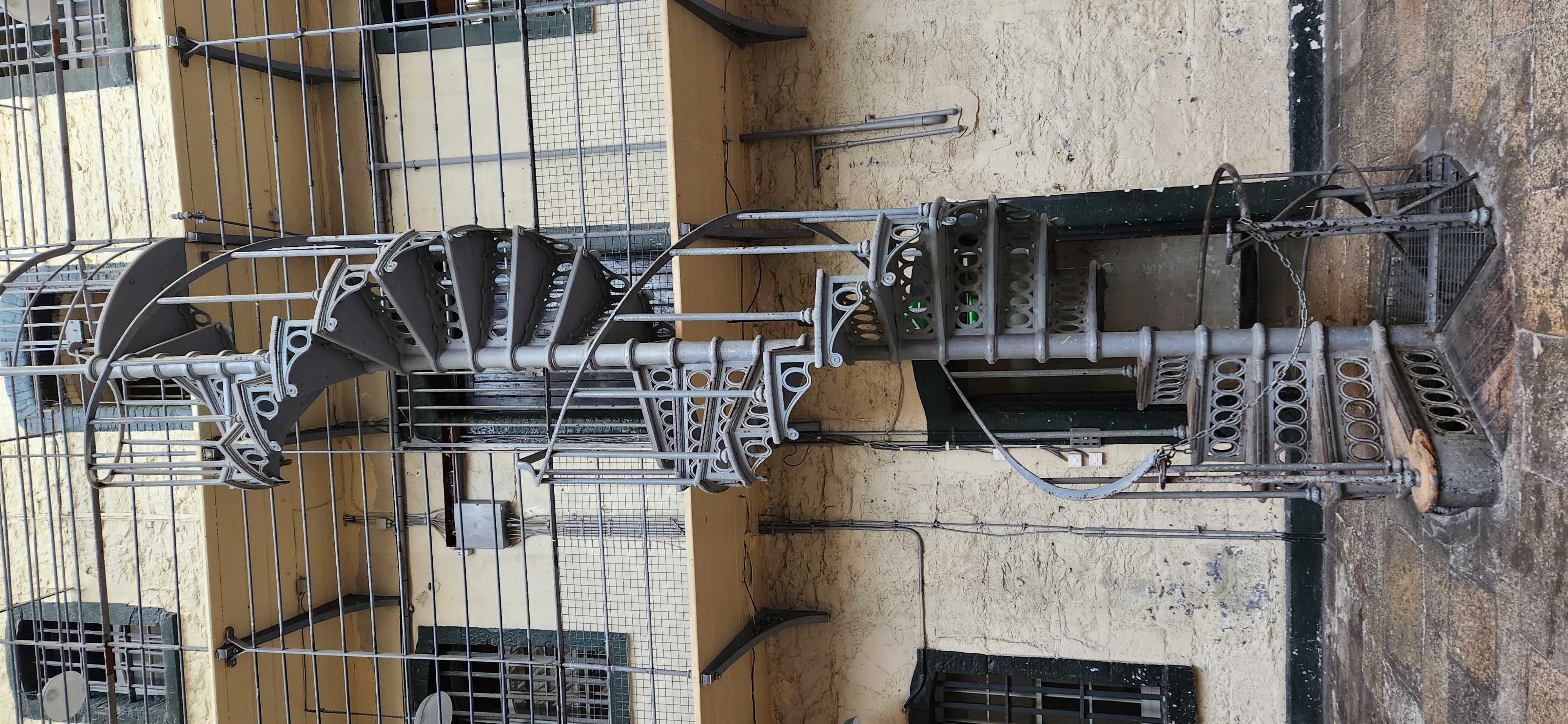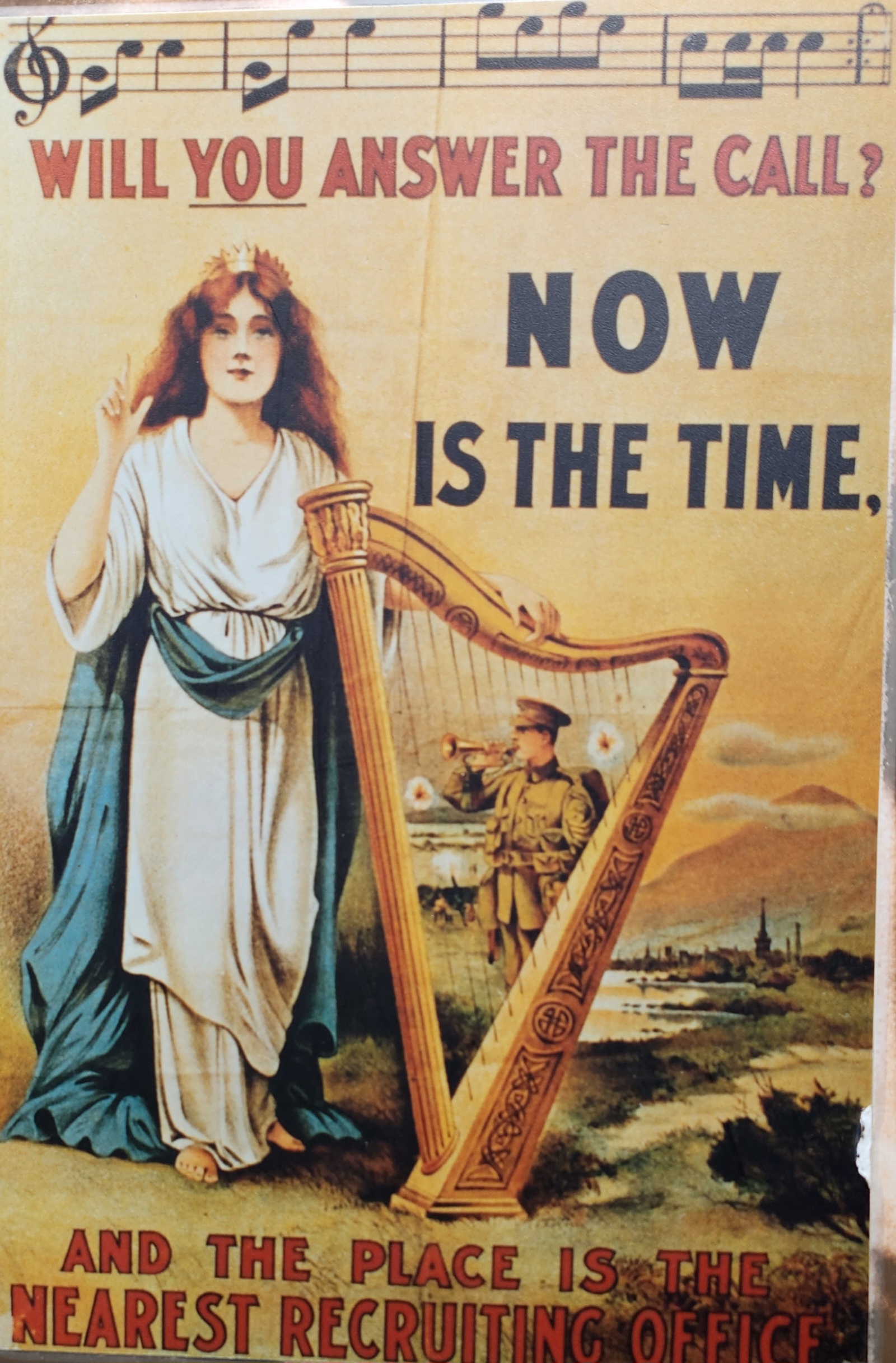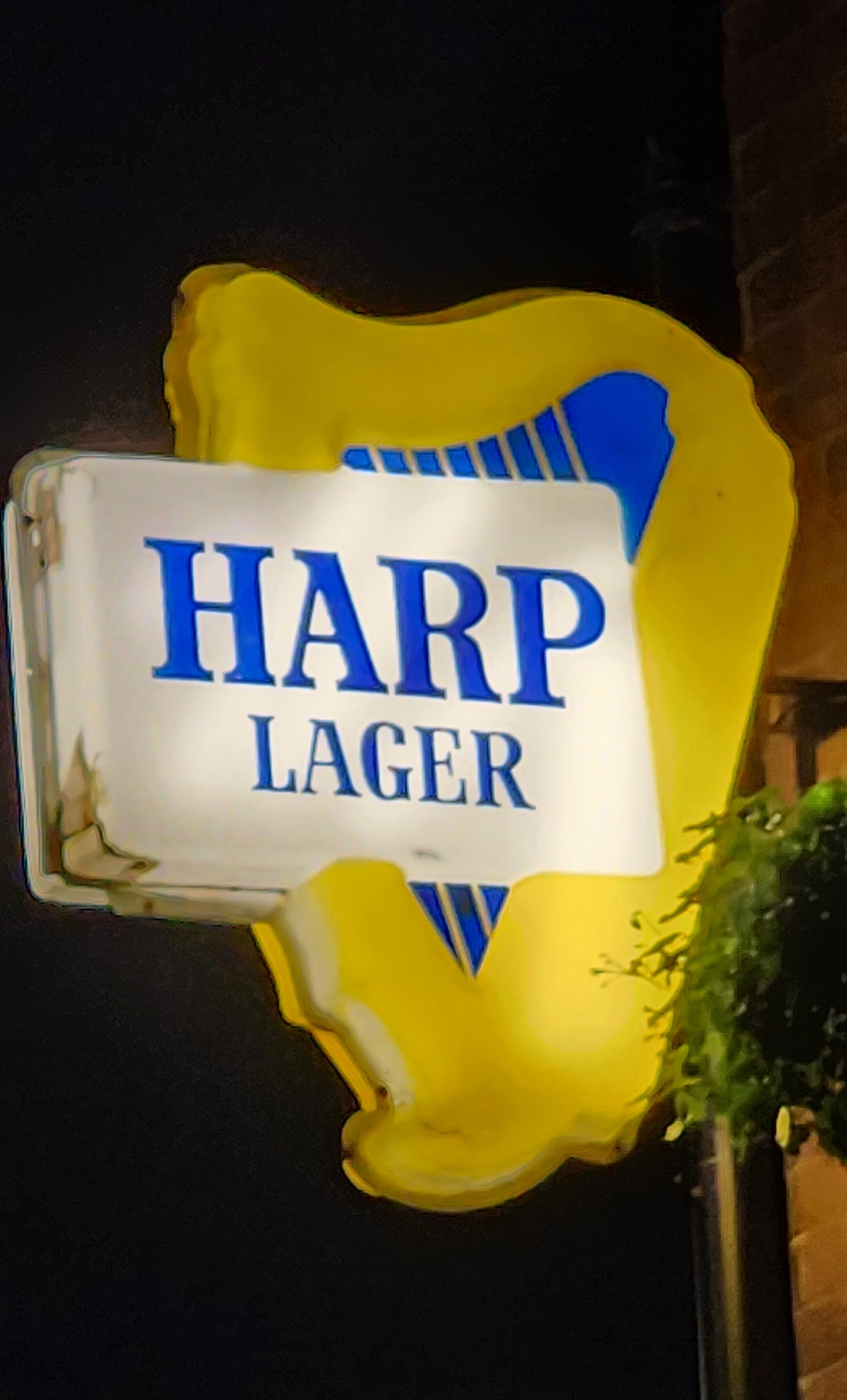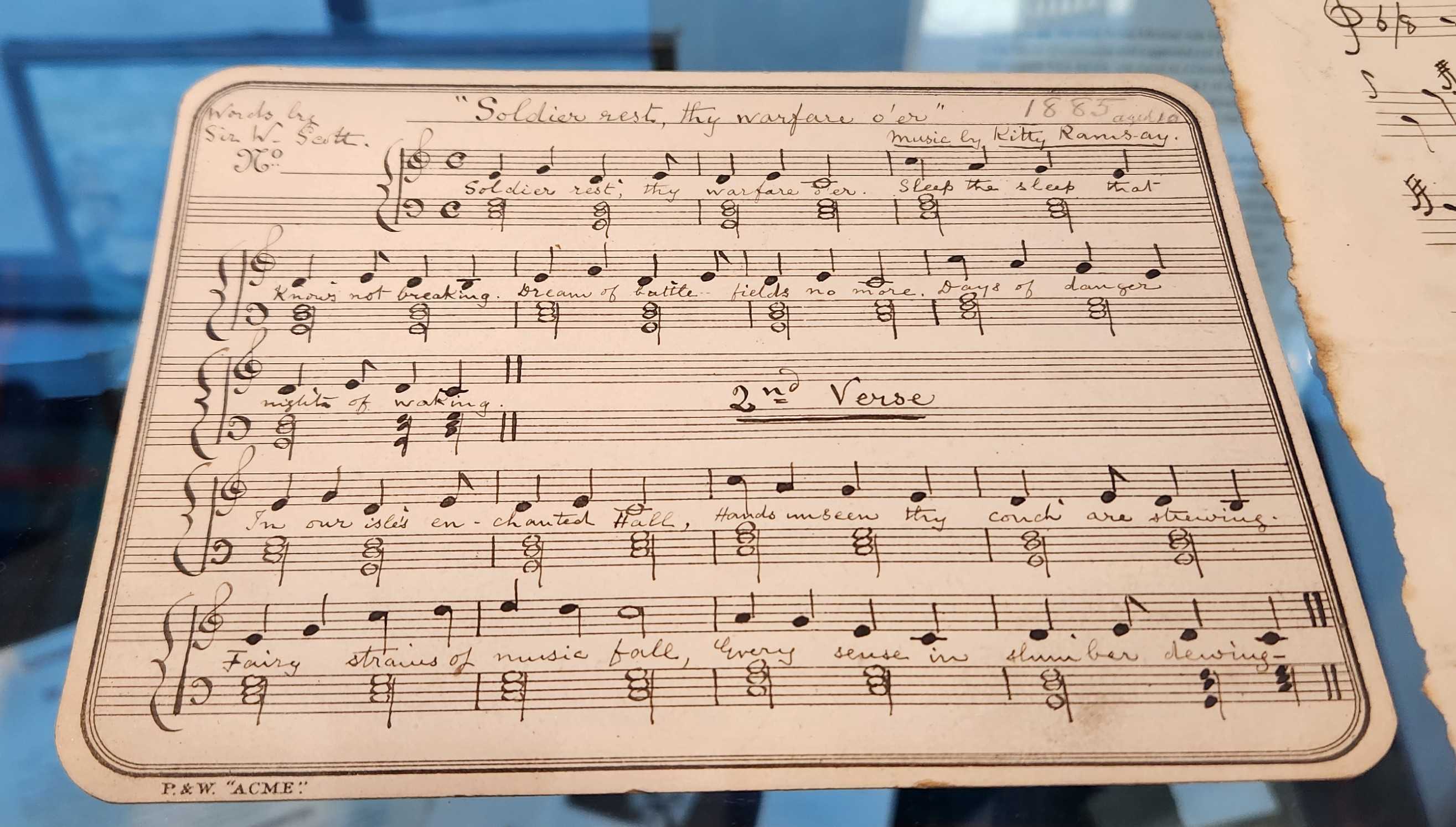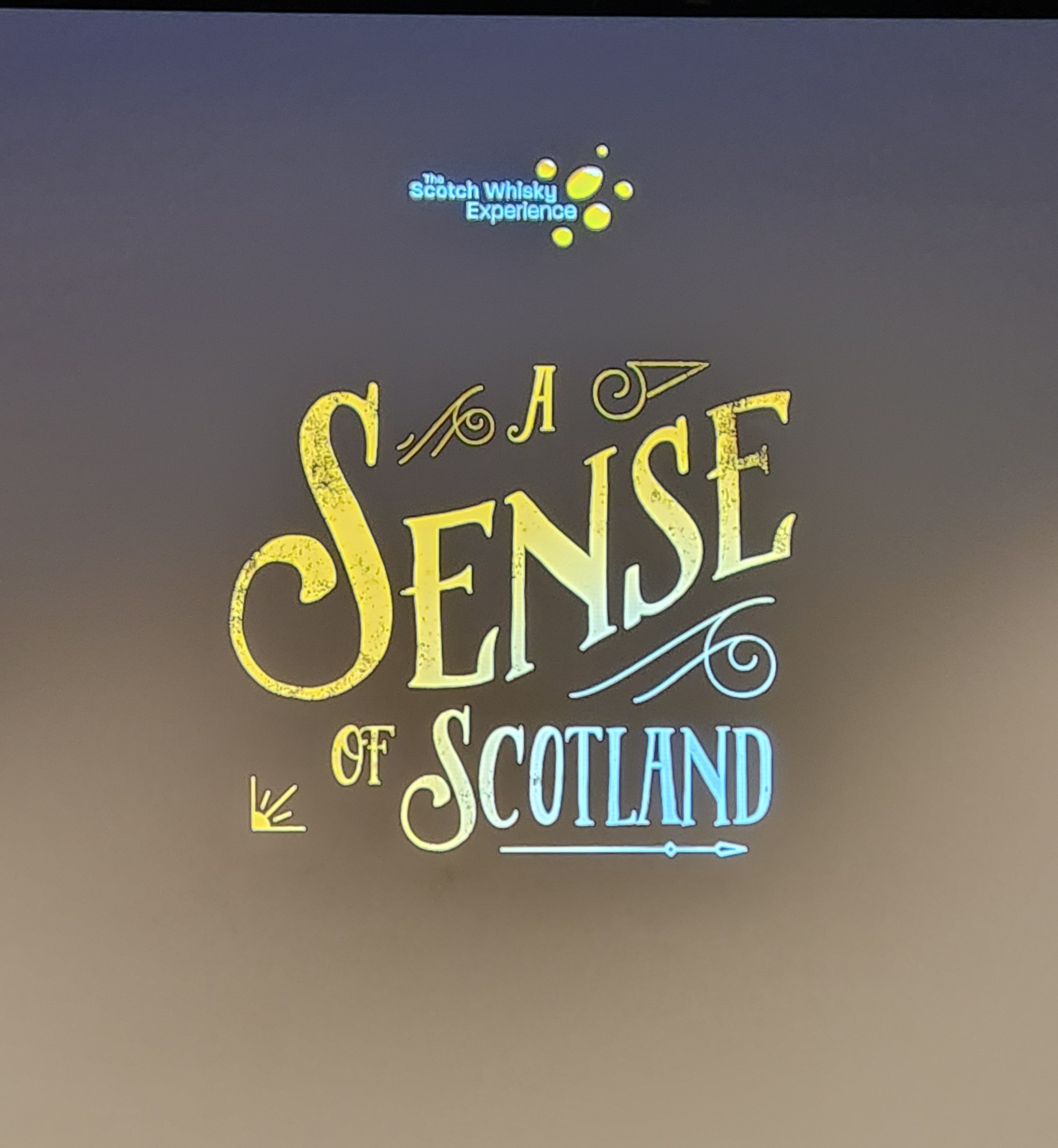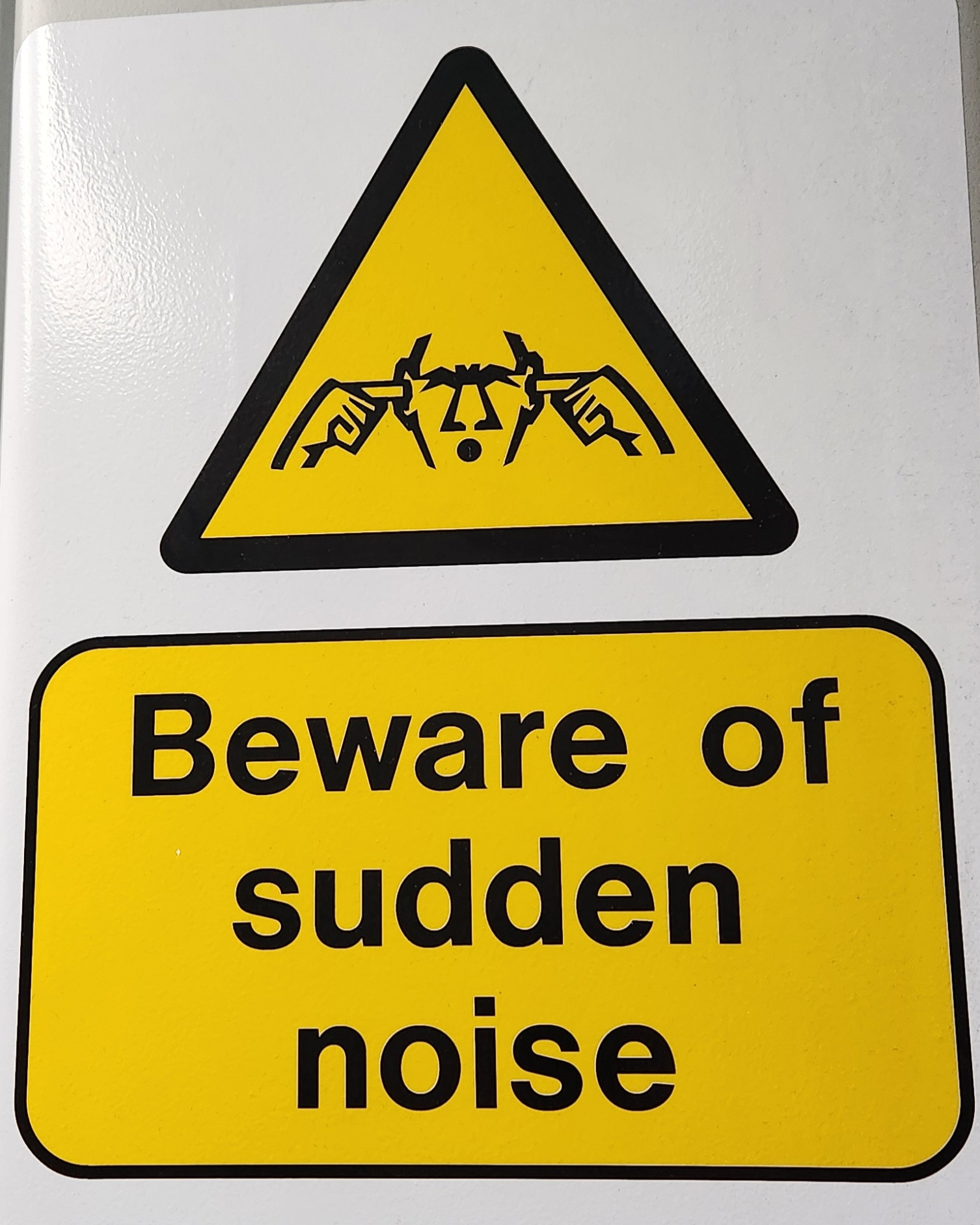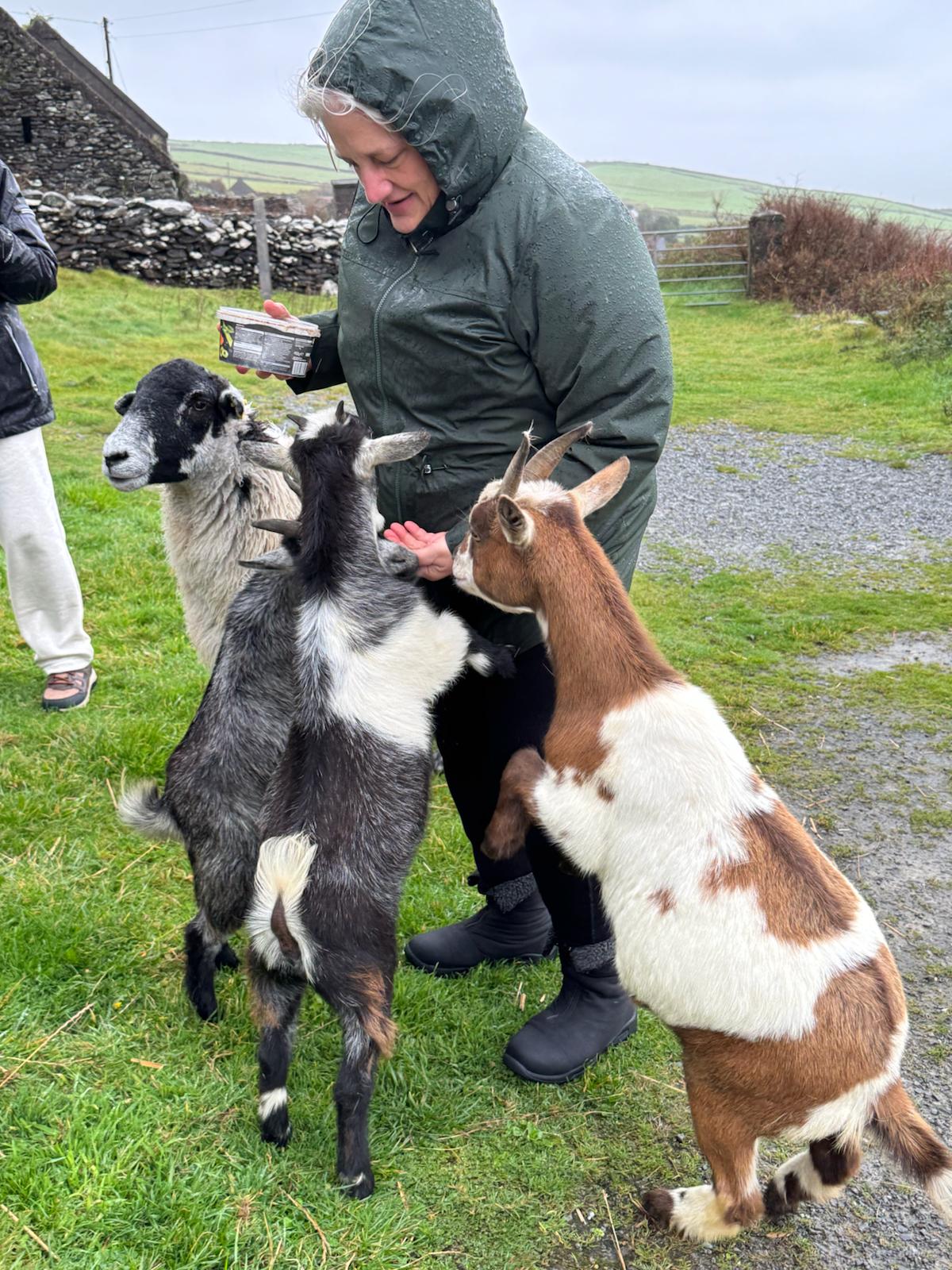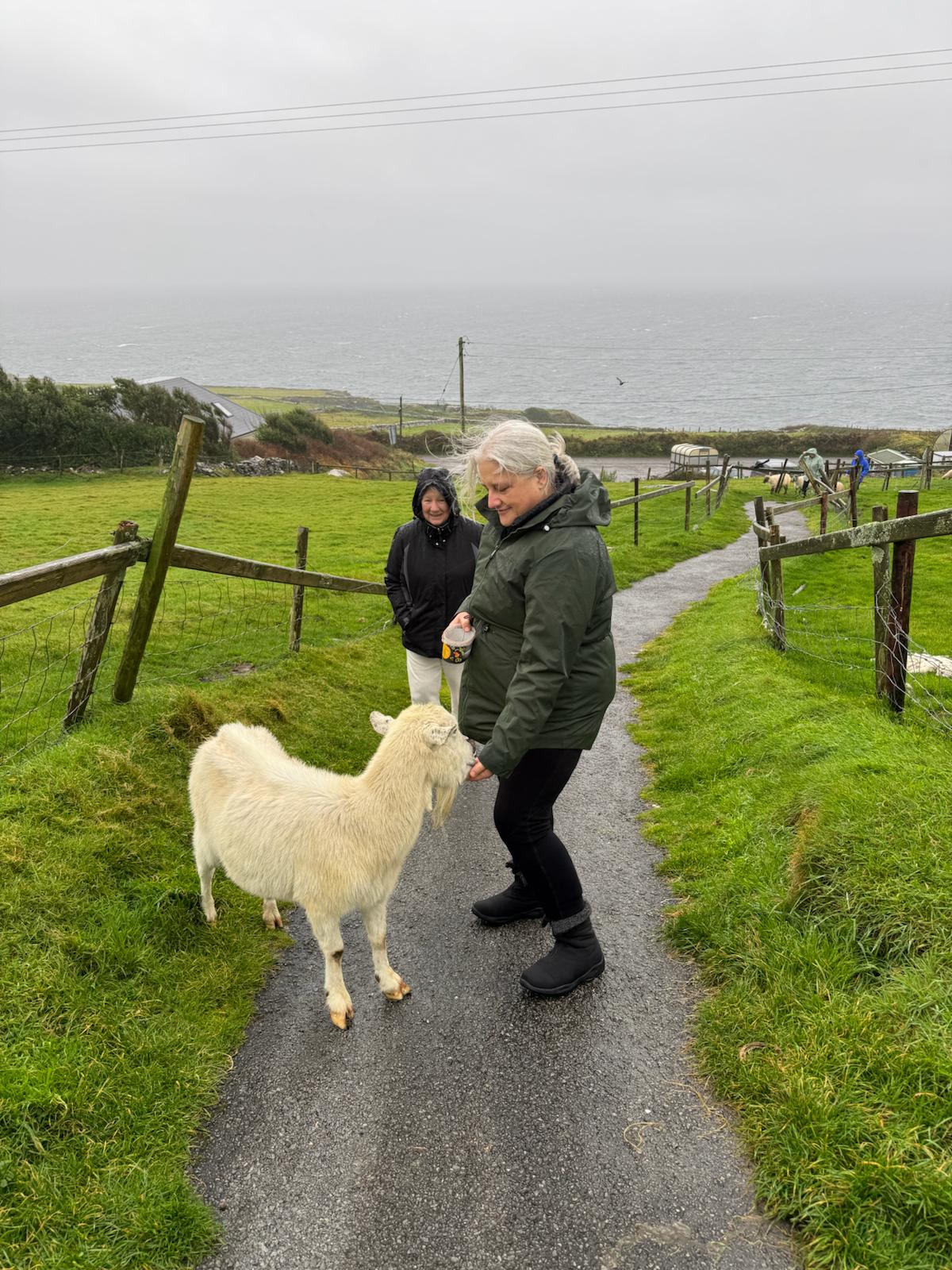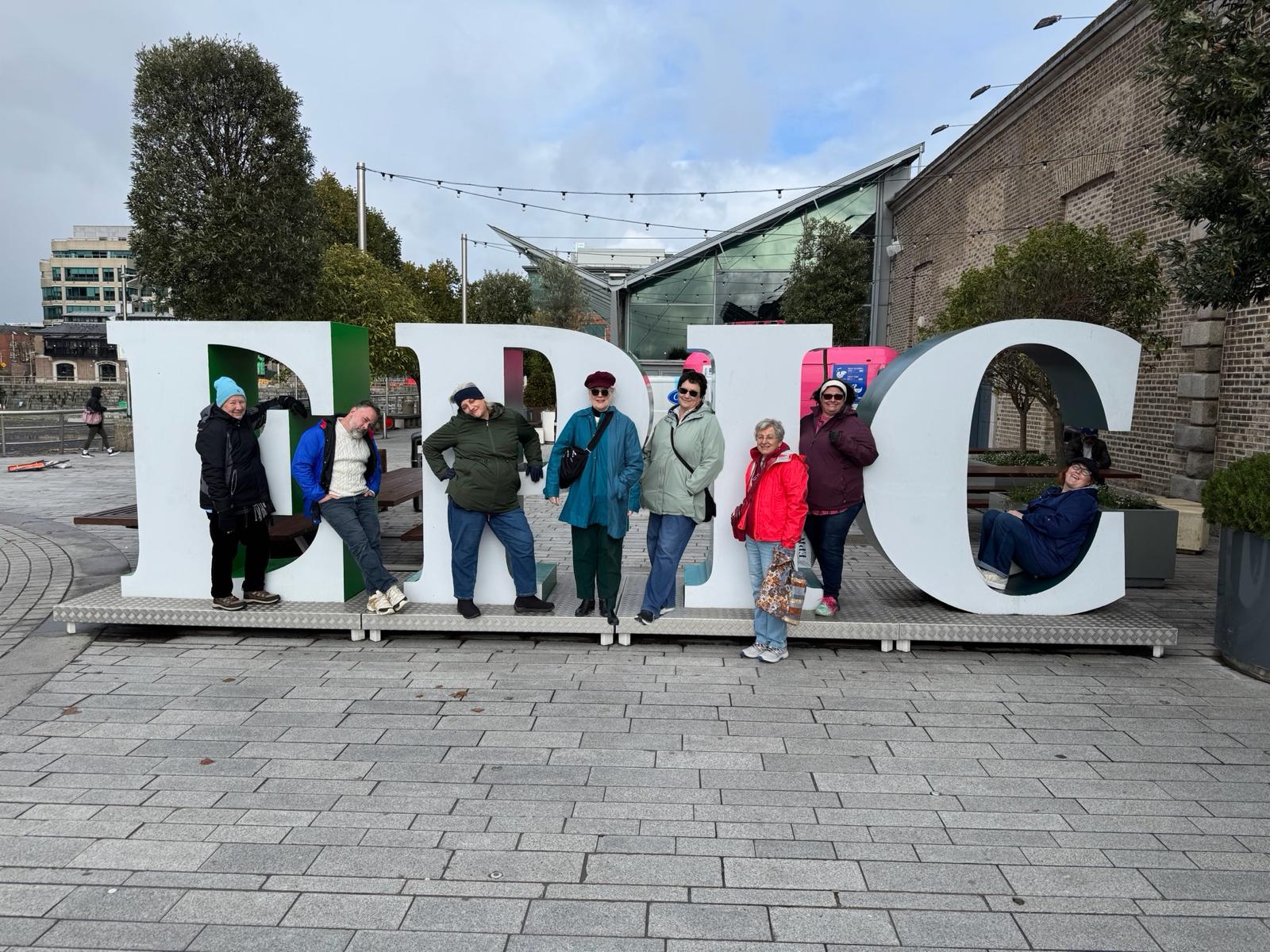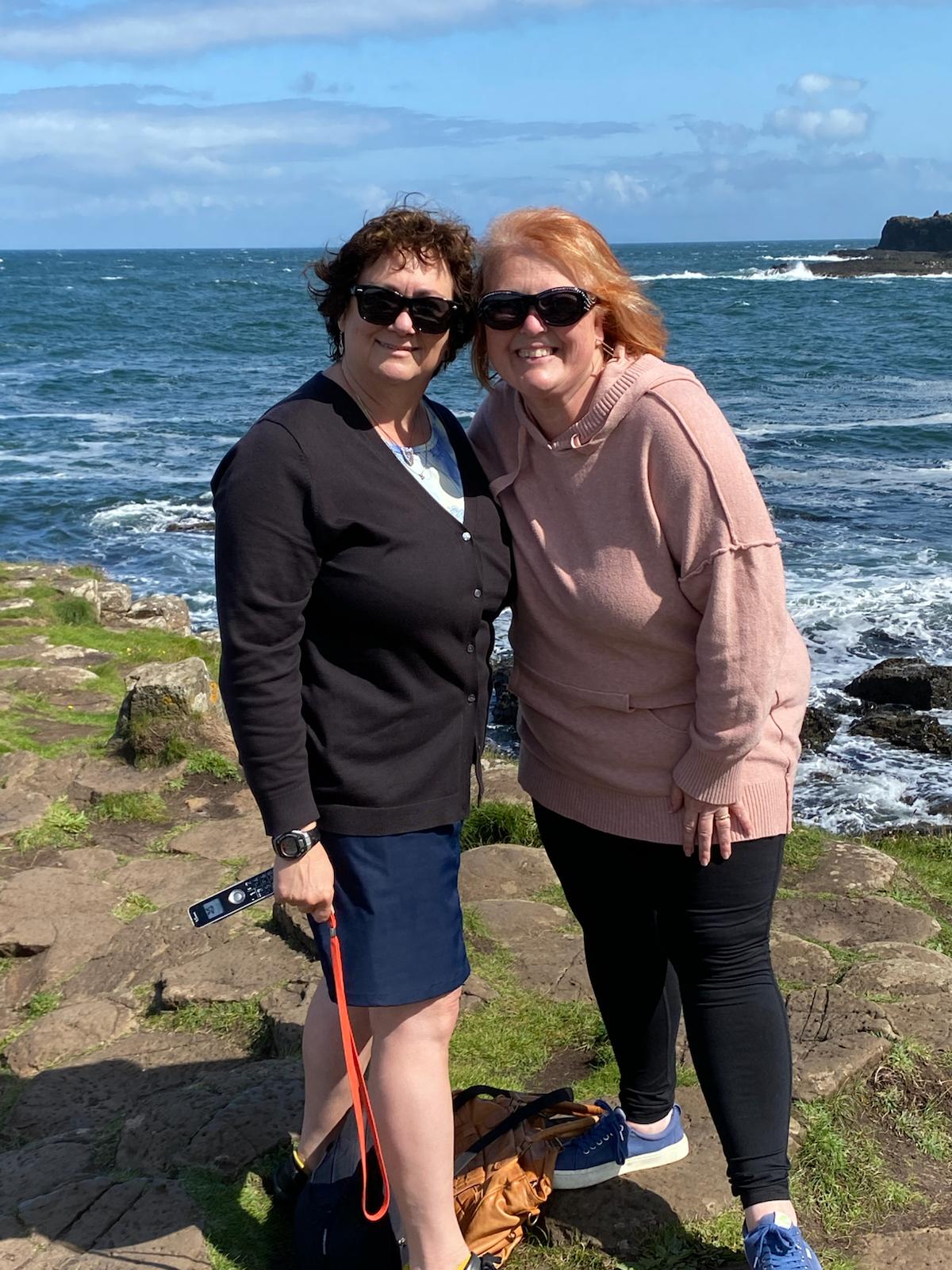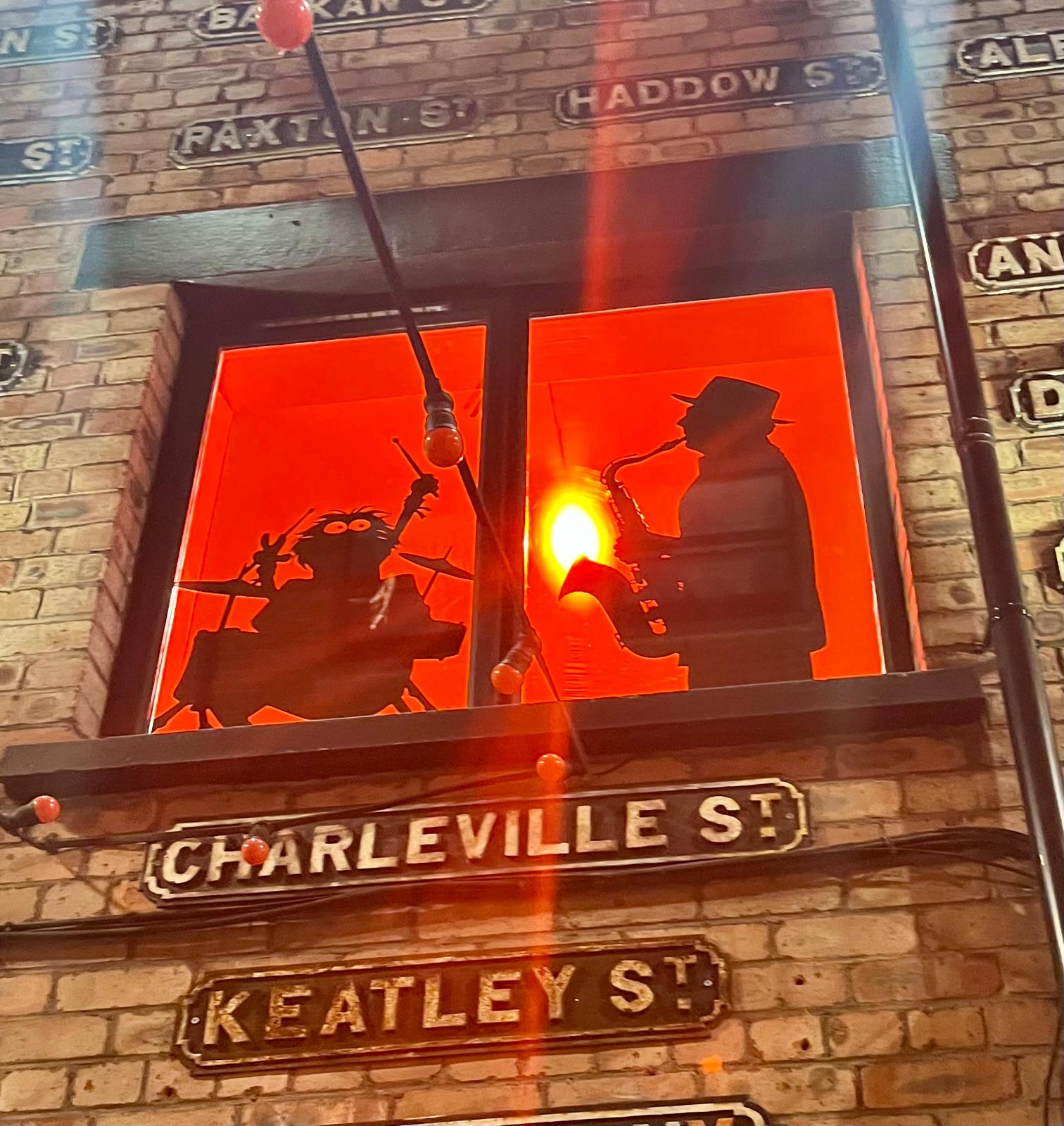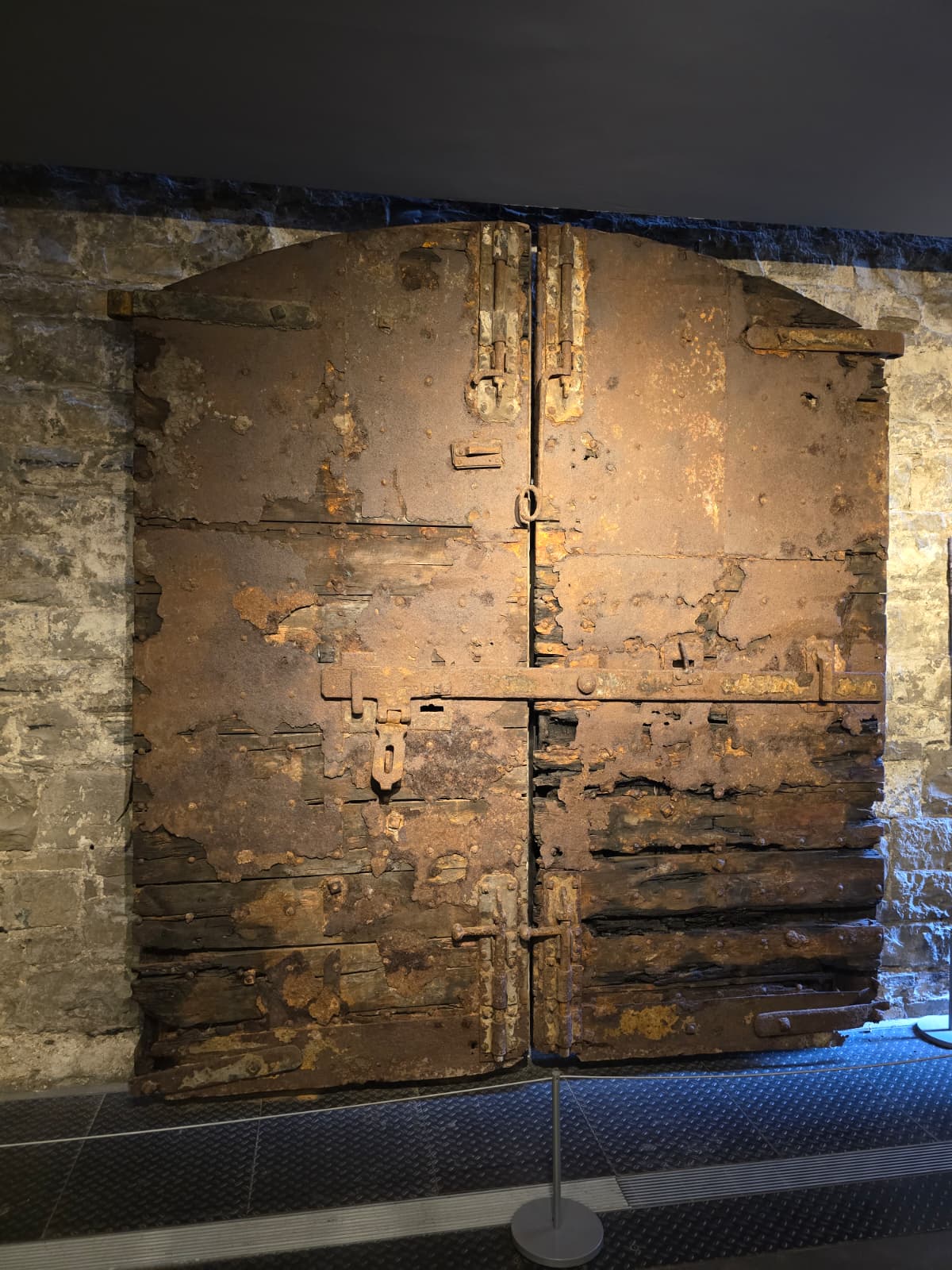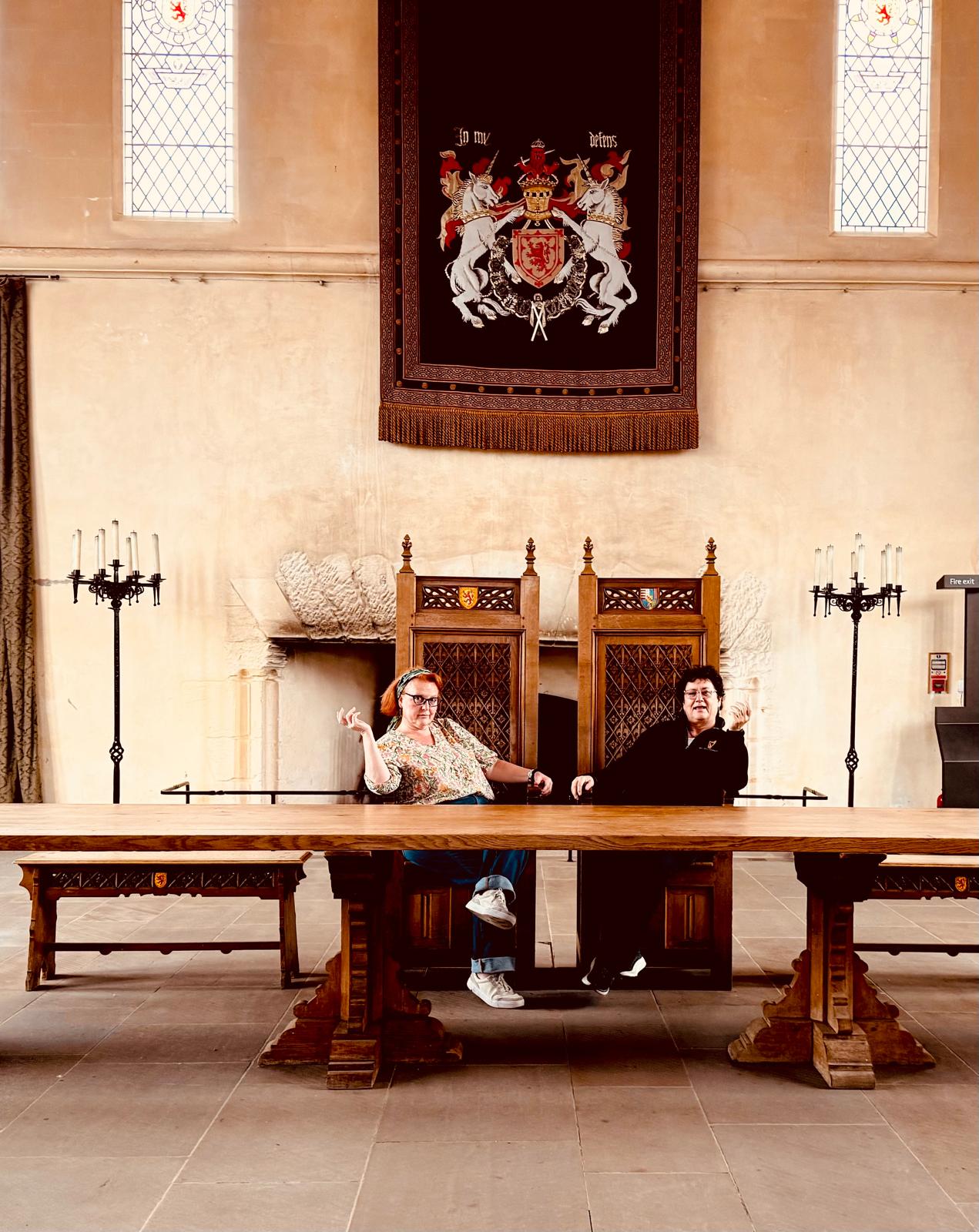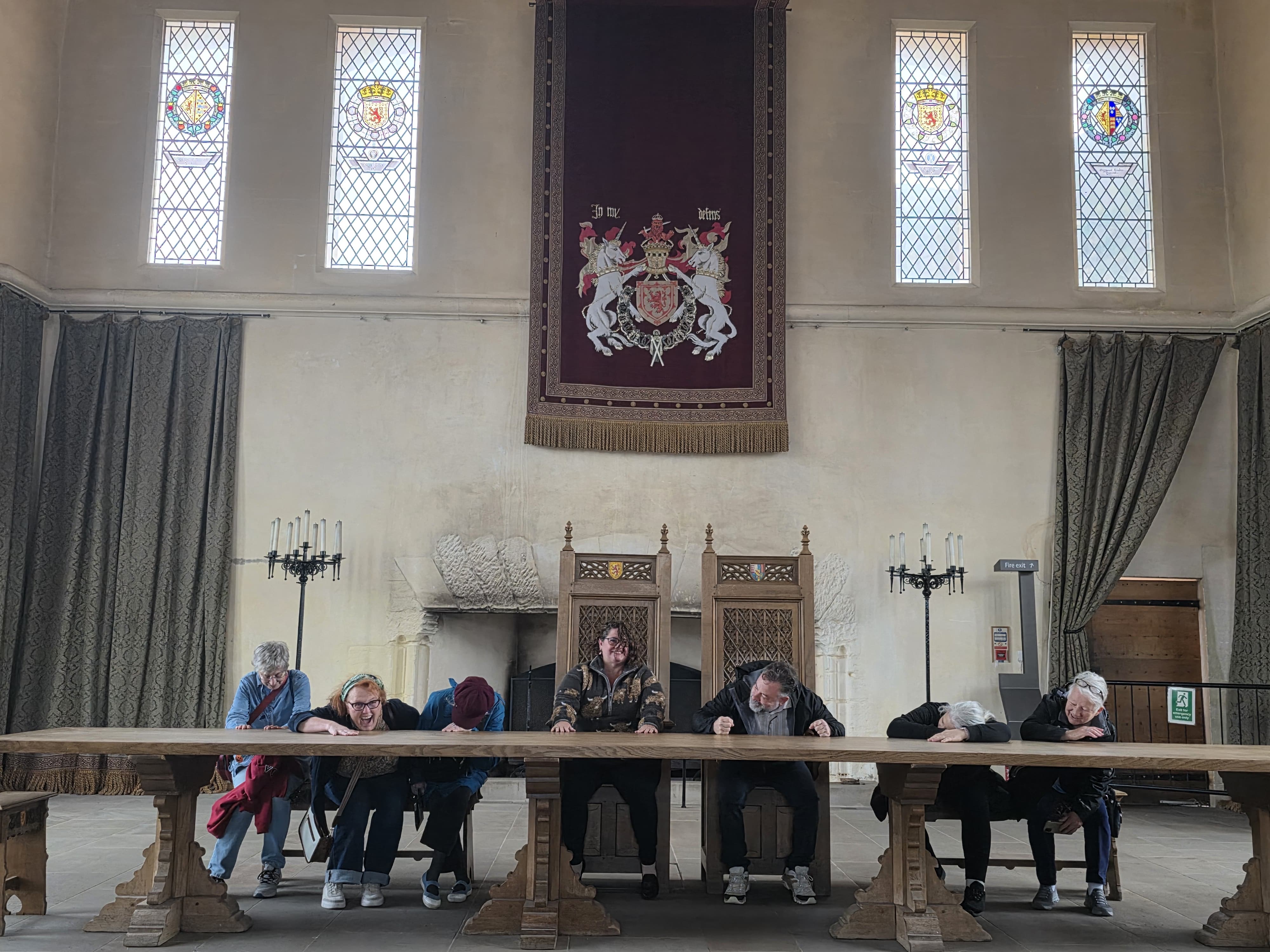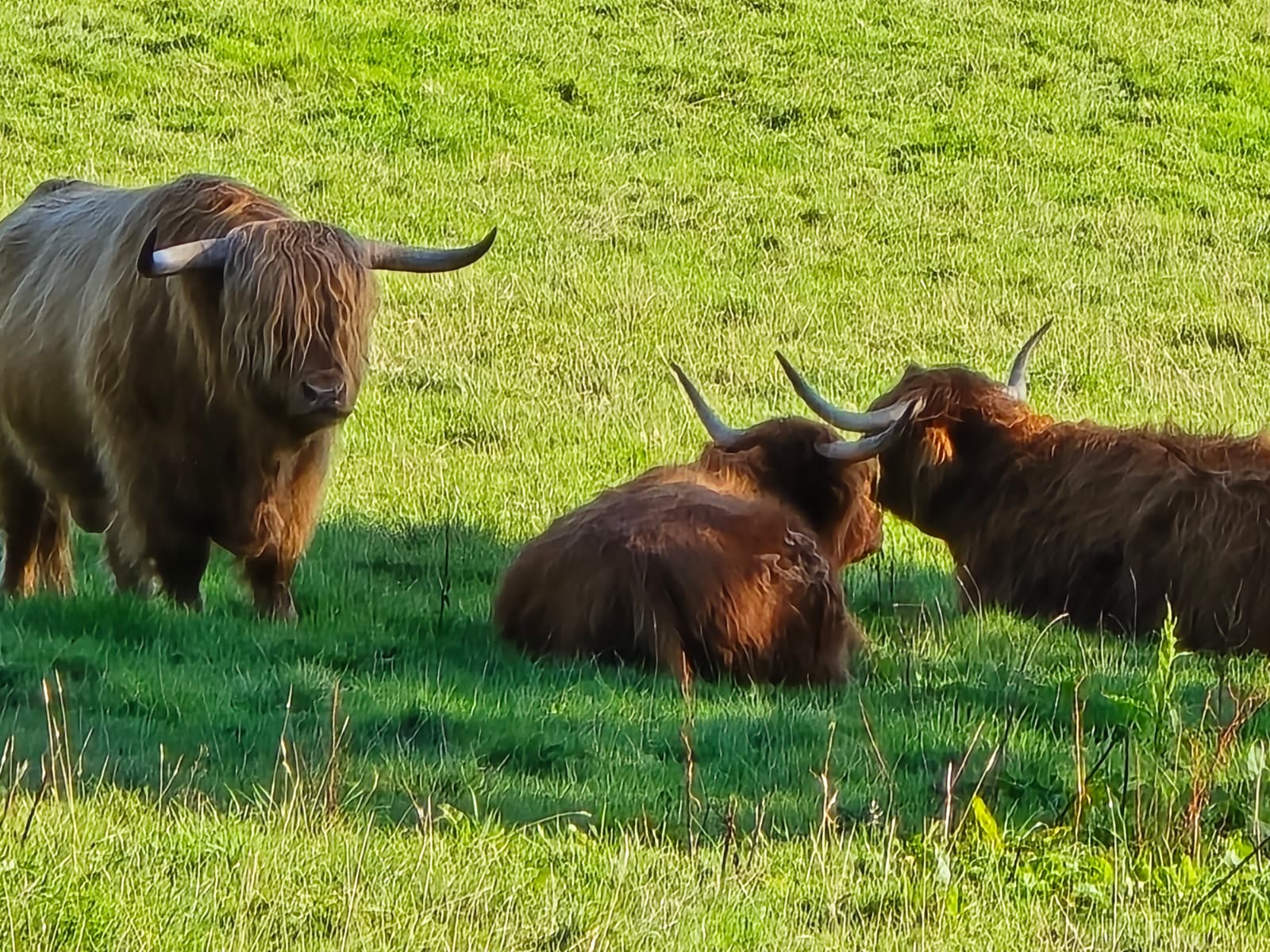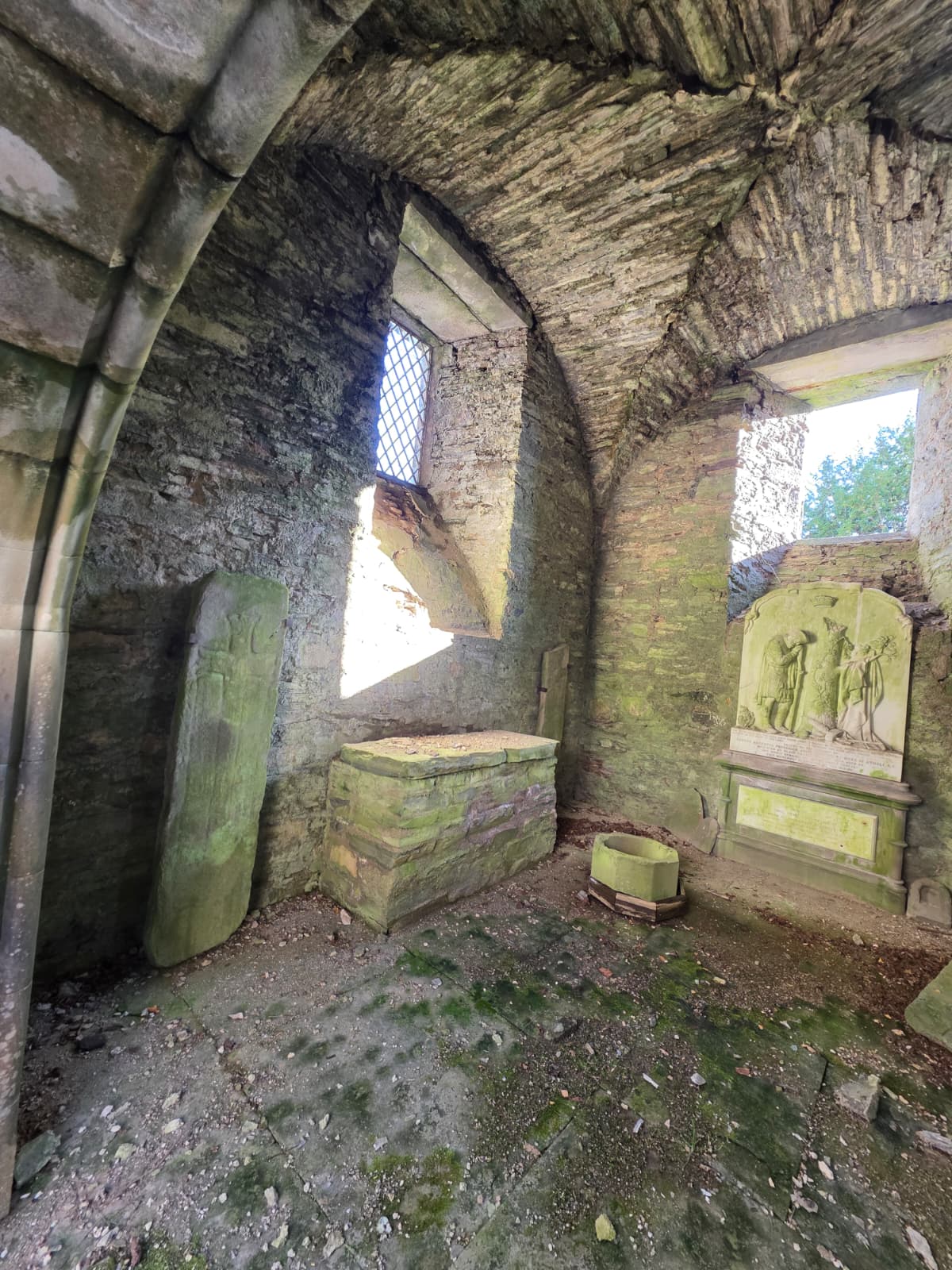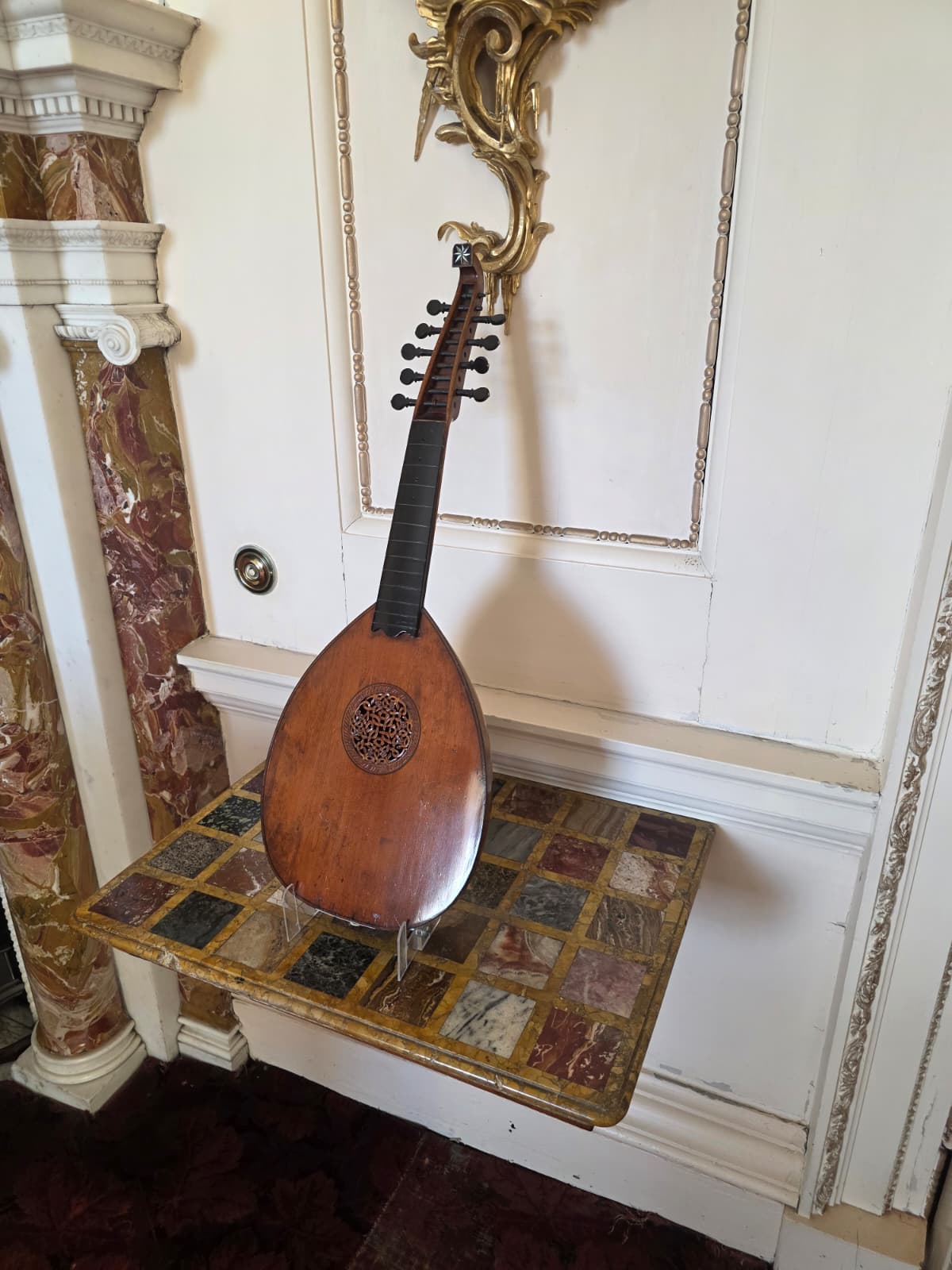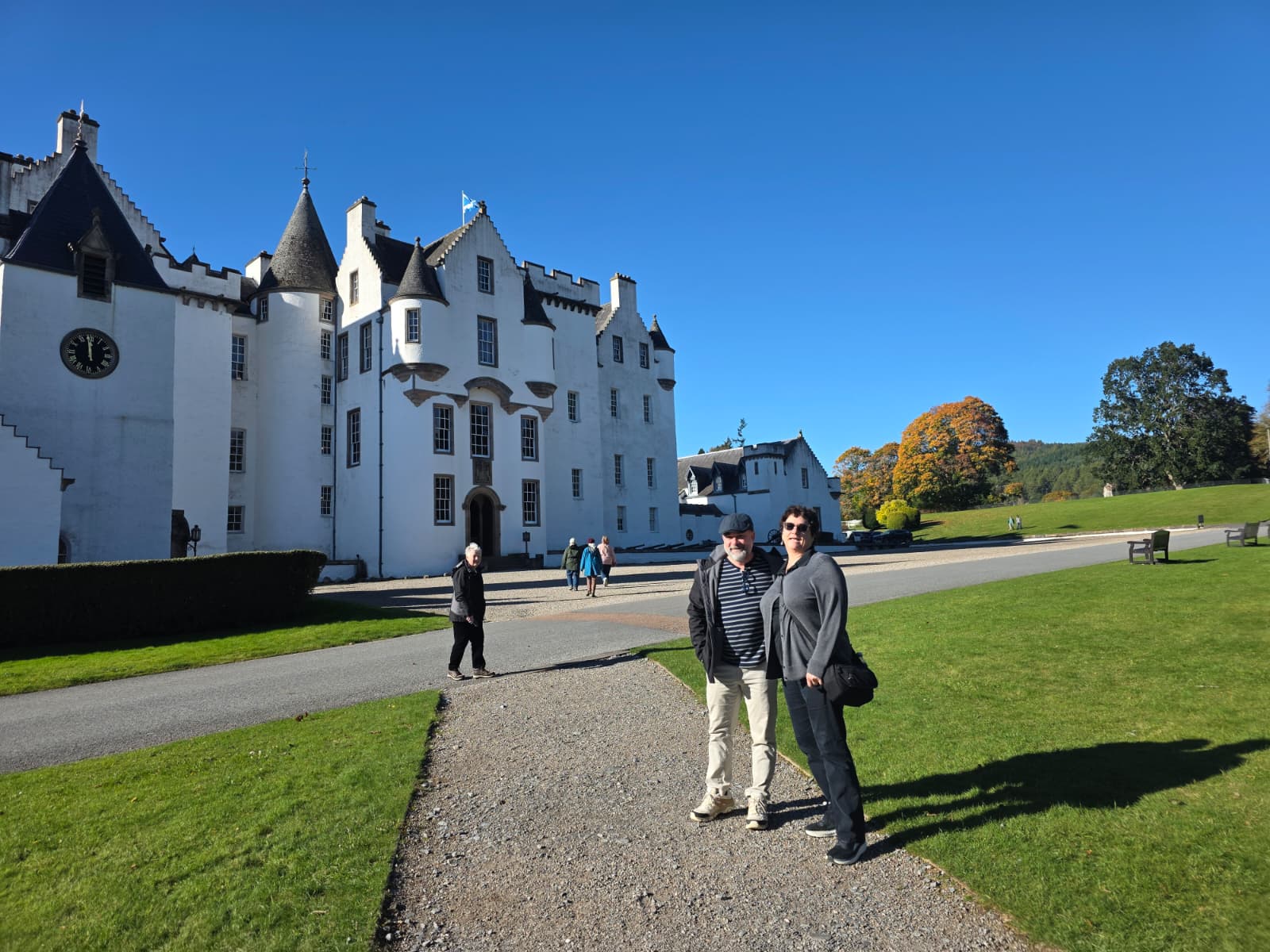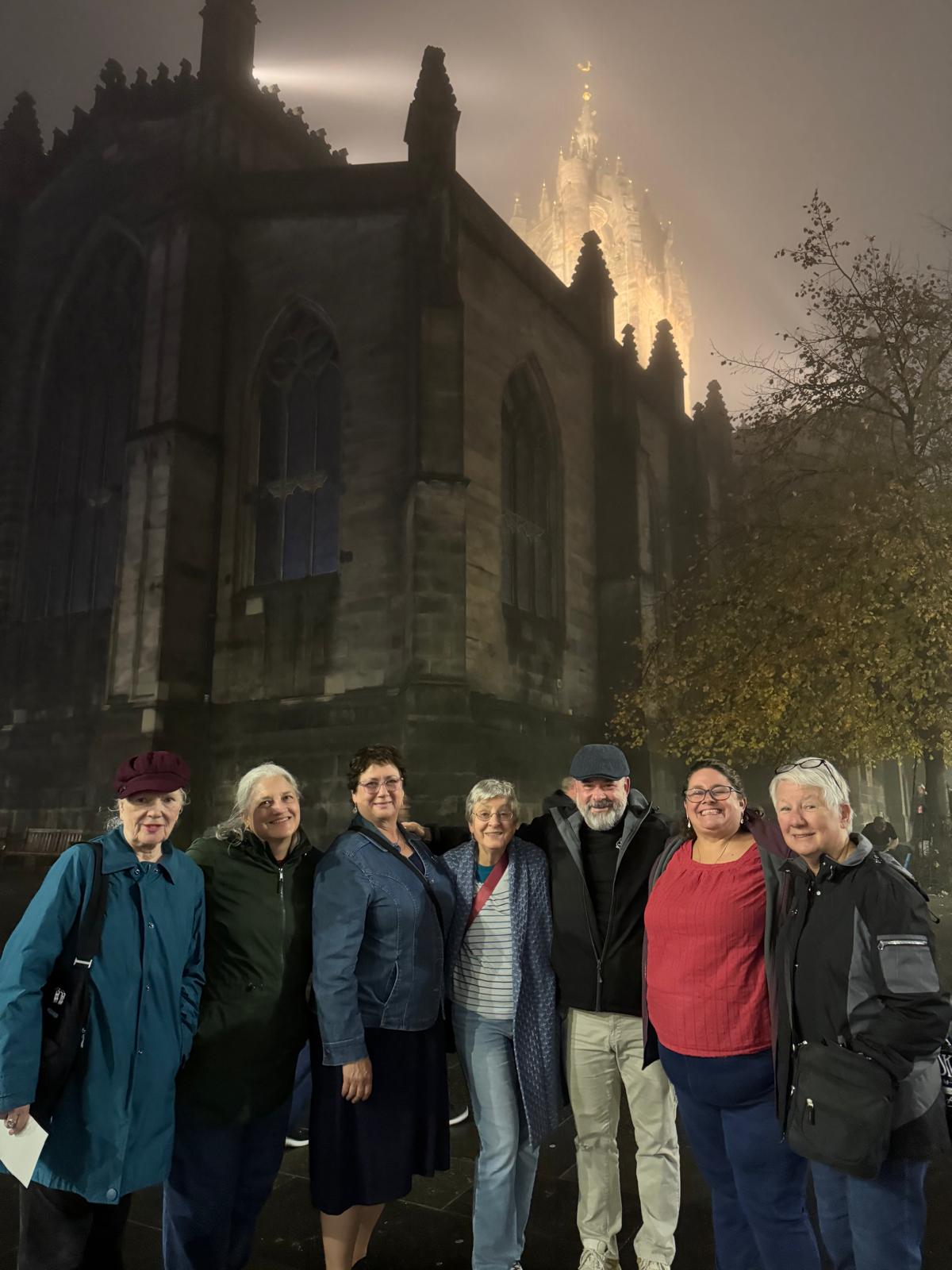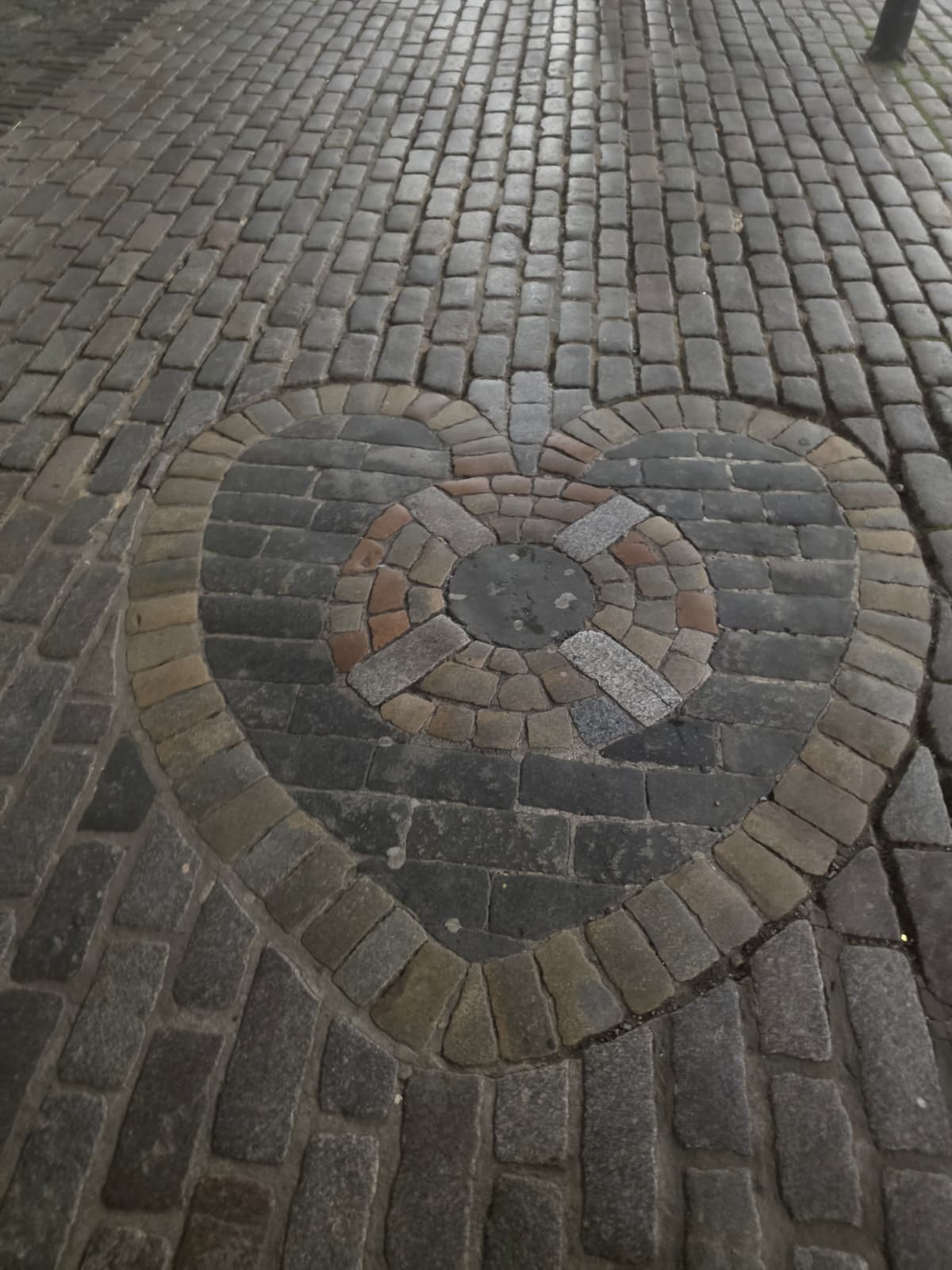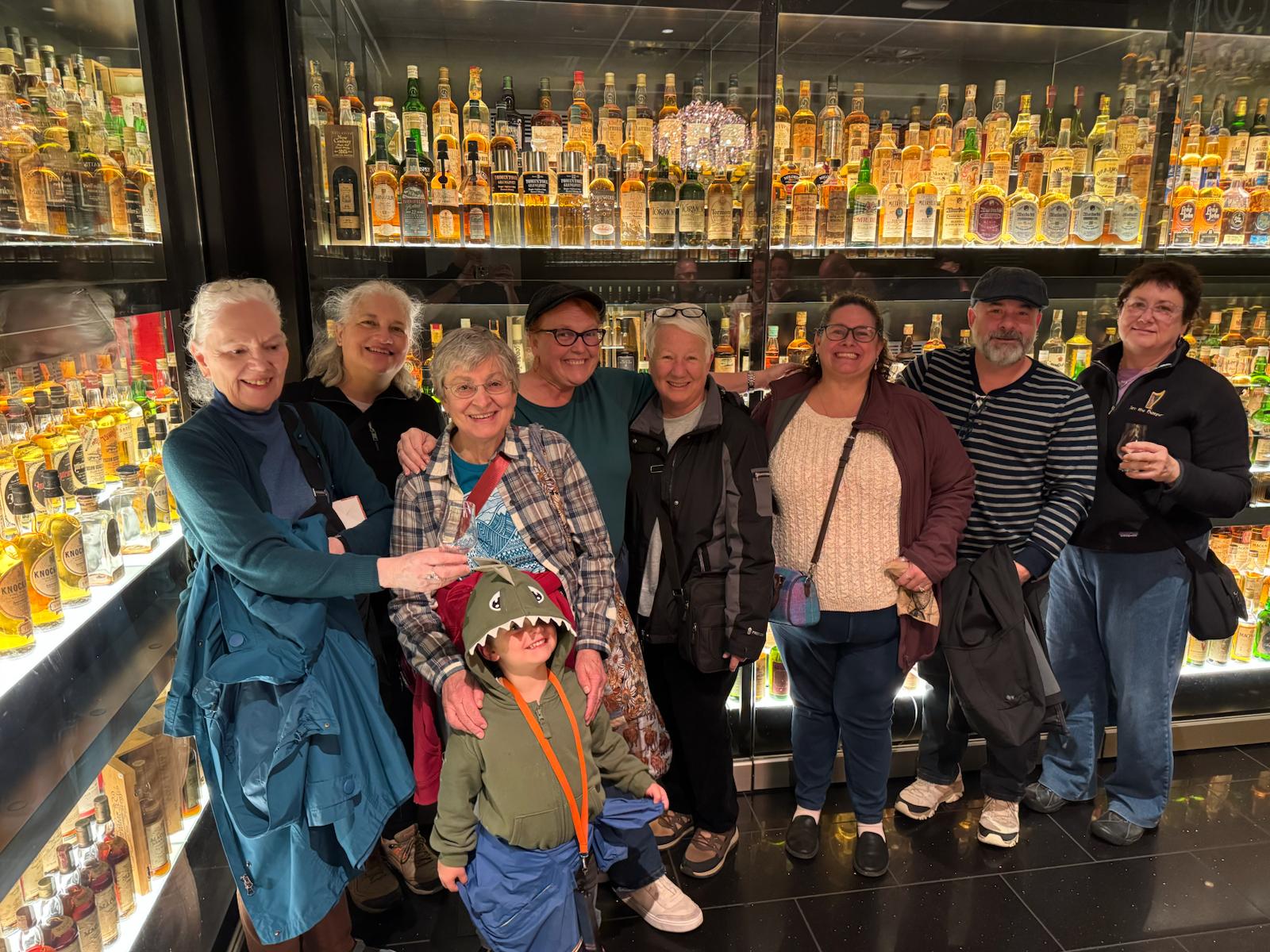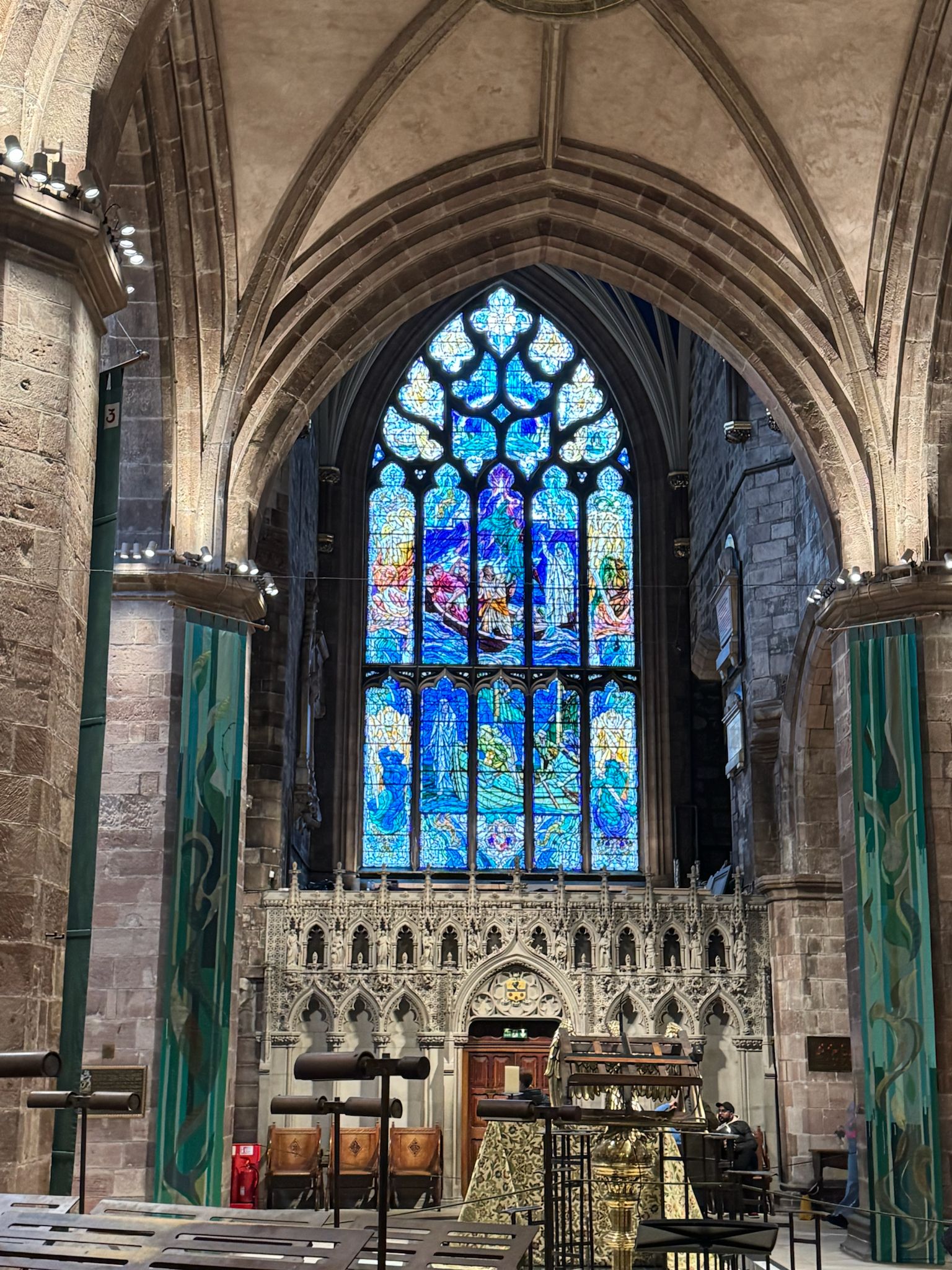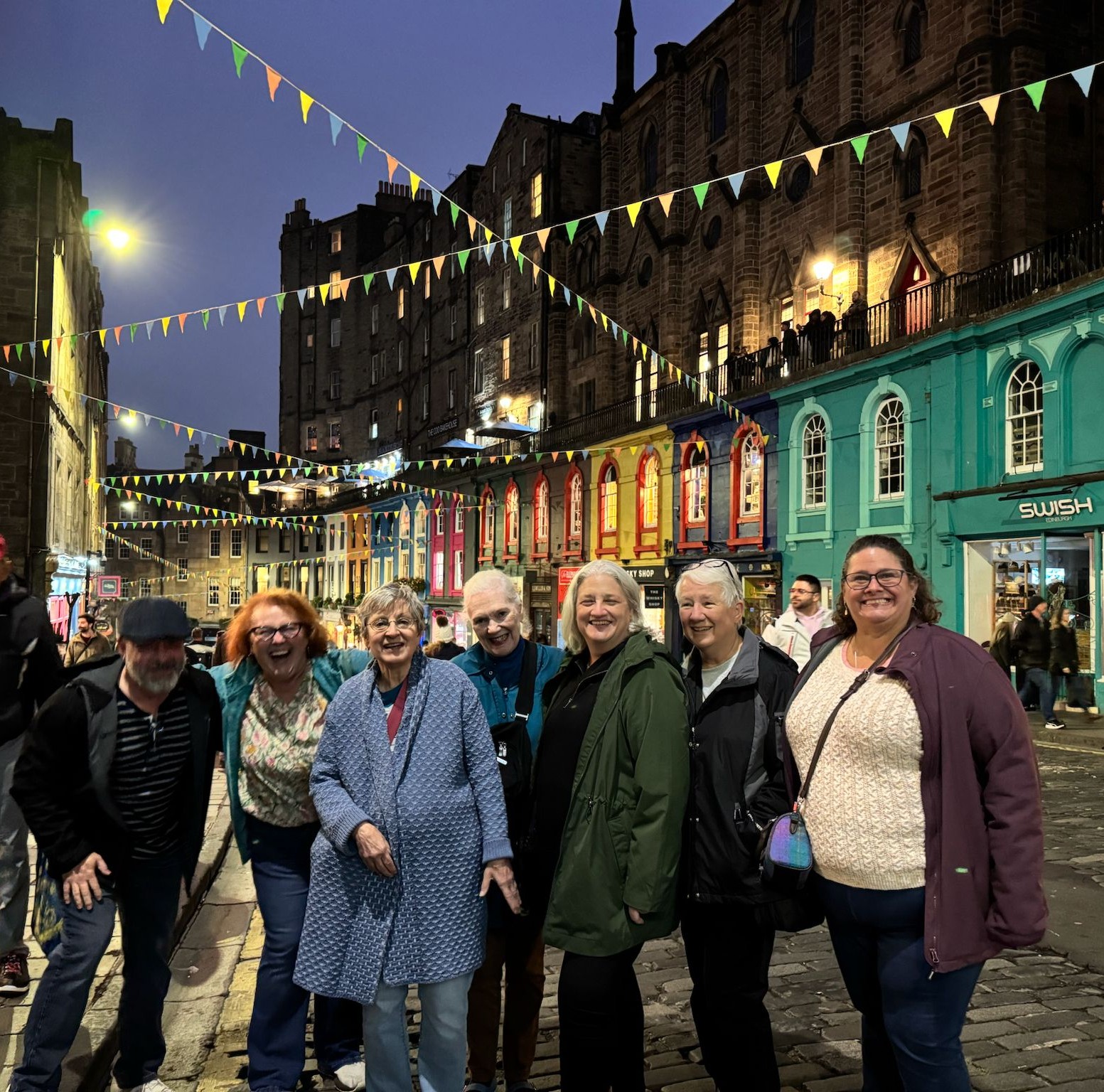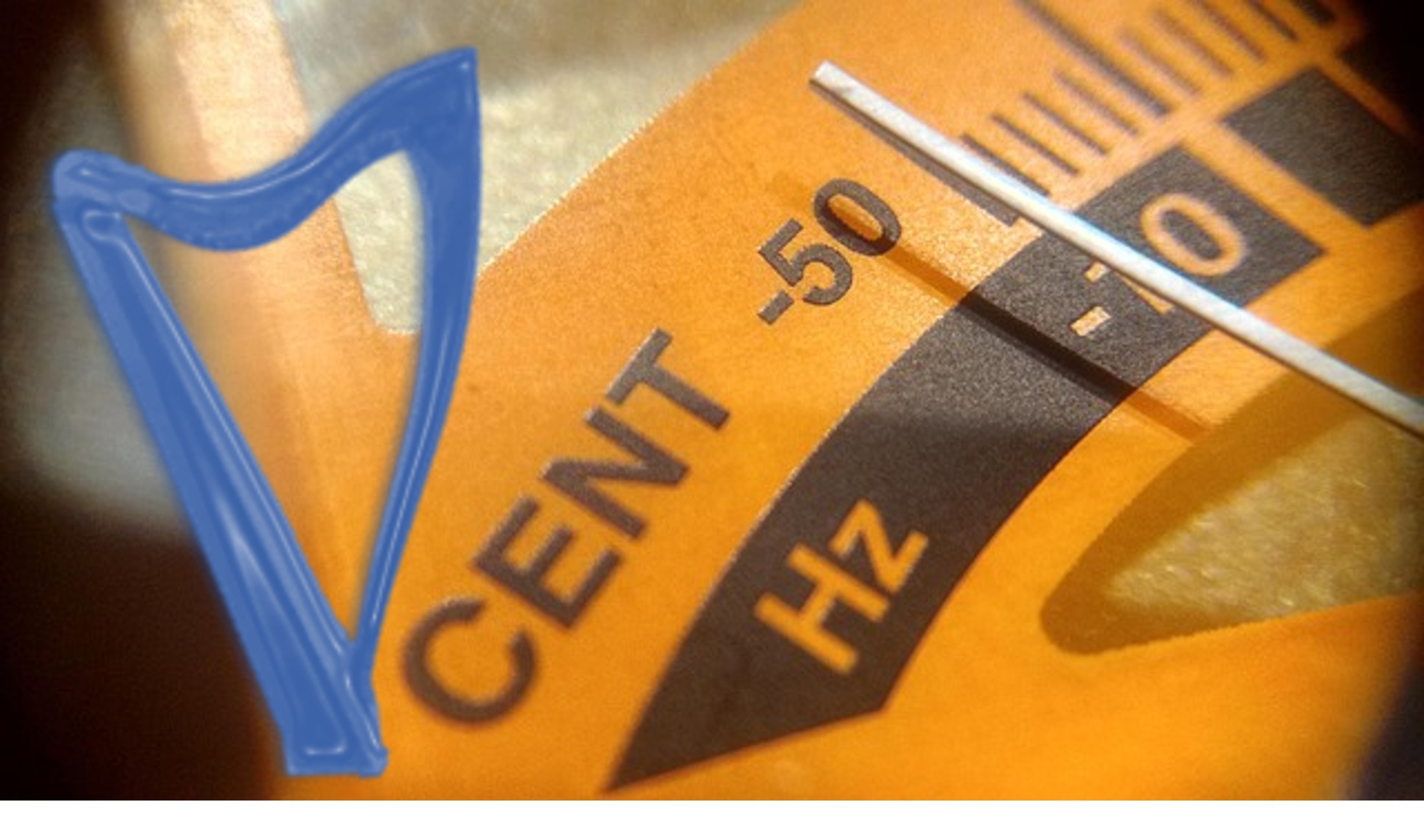I know it’s nearly Christmas, so you’ve probably already learned all the holiday music you are going to for this year. So, the next likely question is, what next?
How do you select the music you should work on next? You can, of course, simply ask your teacher to point you in the right direction. This is a great idea if you are a beginner or low intermediate – you’re at the stage in your harp life that you may not be ready to go without some guidance.
But if you’re a super independent beginner, or a more advanced student, you want to be selecting your own next tunes. How do you do that? Well, here are seven suggestions to point you in the right direction:

Go with your Heart – If you L-U-R-V some tune – learn it! This is also true for arrangements by someone you simply adore playing. Don’t worry about whether you’re ready. Tunes can be simplified, arrangements can be flattened, you can learn new techniques, and/or you can invest more time into learning. I never tell a student they can’t play a tune – they may not be ready to play it, but we can work our way there!
Go with your Head – maybe you know that you are weak at something – rolled chords? Harmonics? Whatever your weakness – find a tune (or arrangement) that requires that thing and work on it until you are good at the weakness. Two birds, one stone – you correct a weakness and learn a new tune to boot!
Go with your Gut – if you feel like you are missing something, you probably are. Seek out tune types you might be light on. Do you have all the different tune types you need to make a well-rounded set? Do you have fast tunes and slow tunes? Major and minor (and other modes)? Can you build good sets from the tunes you already know? If not, your gut is pointing out to you that you need to fill some gaps.
Go with your Reach – like going with your heart – what tunes do you not necessarily lurv but every time you hear them, you think, “I should learn that”? Learn those. These can be a little slippery because these are the tunes that you like enough to want to play but not enough to lurv. So, keep a list and learn these along the way.
Go with your Smarts – If you have loads of tunes but they aren’t in the right keys to make good sets, work on learning the tunes in different keys. This could be dedicated time to learn tunes in new settings OR it can be deep work on transposition on the fly. Both of these will be good for your brain, good for your tune list, and good for your playing!
Go with your favs – Not everything you play has to be work. Make sure you have some playful tunes in there too! If you love Taylor Swift, you can play that. If you love Mozart – have at it. Just because you may have made yourself a niche doesn’t mean you can’t get out of it every once in a while. Holiday tunes are sort of like that, n’est pas?
Go with your hunch. Be honest, are you working toward your Julliard audition? No? Then pick music that is a little bit challenging to learn but is engaging enough to keep you playing. If you don’t like it (no matter what it is or who assigns it to you), you’re not going to play, so don’t pretend. Move on to something you will play.
For adult (and more experienced younger) players, you can step up for these choices. A good teacher will, of course, make suggestions to move you forward. But in the end, you’re the one who has to decide. Don’t push the peas around the plate – take a little time to determine what you should play next.
Let me know what you pick – can’t wait to hear! Share with me know in the comments!

